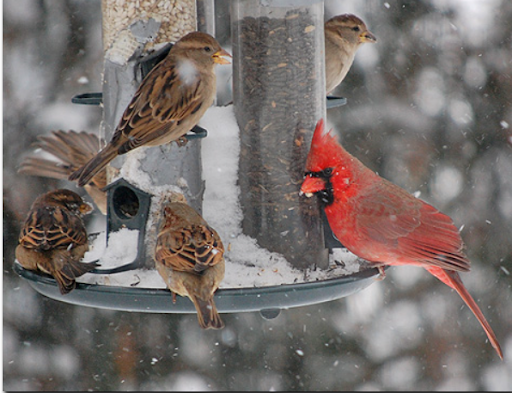
When the temps get colder and the snow starts to fall it is time to change what you feed the birds. This will increase your viewing enjoyment and give the birds the energy they need to survive the winter.
What should you feed the birds in the winter?
There are three main choices for winter food: large seeds, small seeds and suet. Large seeds include black-oil sunflower, striped sunflower, safflower, peanuts, shelled corn, ear corn and cardinal mixes that contain sunflower, safflower and peanuts.
About 80 to 90 percent of seed used in Minnesota is comprised of black-oil sunflower seeds and cardinal mixes. These have the greatest appeal to the broadest variety of winter birds and contain a high energy content.
Some of the many birds that enjoy sunflower seeds include: northern cardinals, blue jays, black-capped chickadees, house and purple finches, American goldfinches, evening and pine grosbeaks, Canada jays, nuthatches, and many more.
Peanuts provide a nutritious diet for birds, including Black-capped chickadees, nuthatches, woodpeckers, and blue jays. Even northern cardinals will come to a peanut feeder.
Small seeds include cracked corn, millet and sorghum seeds. These are often used in bird seed mixes.
Many wintering birds benefit from the high energy nutritional benefits of suet, suet mixes and peanut butter.
Suet can be fed in onion sacks, wire mesh feeders, wooden dowel (cage) feeders, or placed on open platforms that are secure from squirrels and other animals that might eat it.
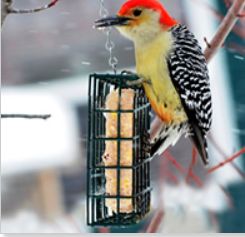
What is the best type of feeder for your yard?
There are many reliable designs available to purchase, and many can be easily made at home. The most popular and effective type of feeder are platform or tray feeders. This type of feeder is easy to build at home and they attract a large range of bird species. With no sides it is easy to watch and enjoy the birds at this feeder. The biggest disadvantage is that the seed can get wet and will need changing often.
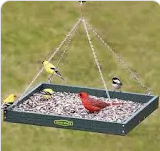
There are hopper-style feeders. This type of feeder holds bird seed inside and dispenses it as the birds eat. It can hold and keep food dry and fresh for a long time.
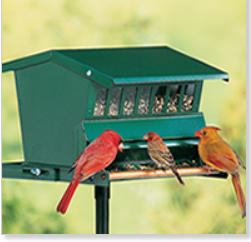
Tube bird feeders are good at protecting the seed from rain or snow so it won’t spoil as quickly. They are also more effective at keeping larger birds away so smaller birds can have a safe space to feed.
For winter bird feeding you may want to place a group of feeders closer to the house.
If possible, feeders should be near the protective cover of pines, spruce or juniper trees so birds can rest in the shelter of those trees between visits to the feeders.
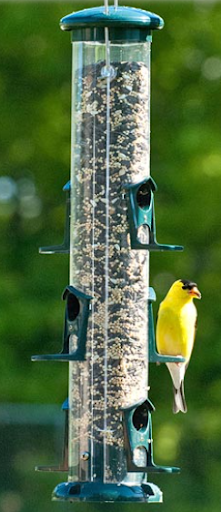
Placing feeders closer to the house will result in a number of bird/window collisions, try using stick-on window feeders, or move feeders to within one or two feet of the window. By reducing the distance between the feeder and the window, birds have less room to build up the speed that can cause collisions.
Always remember to replace bird feed in any type of feeder if it gets wet.
Feeding the birds in the winter can offer hours of enjoyment for you and helps the birds survive our cold Minnesota winters.
